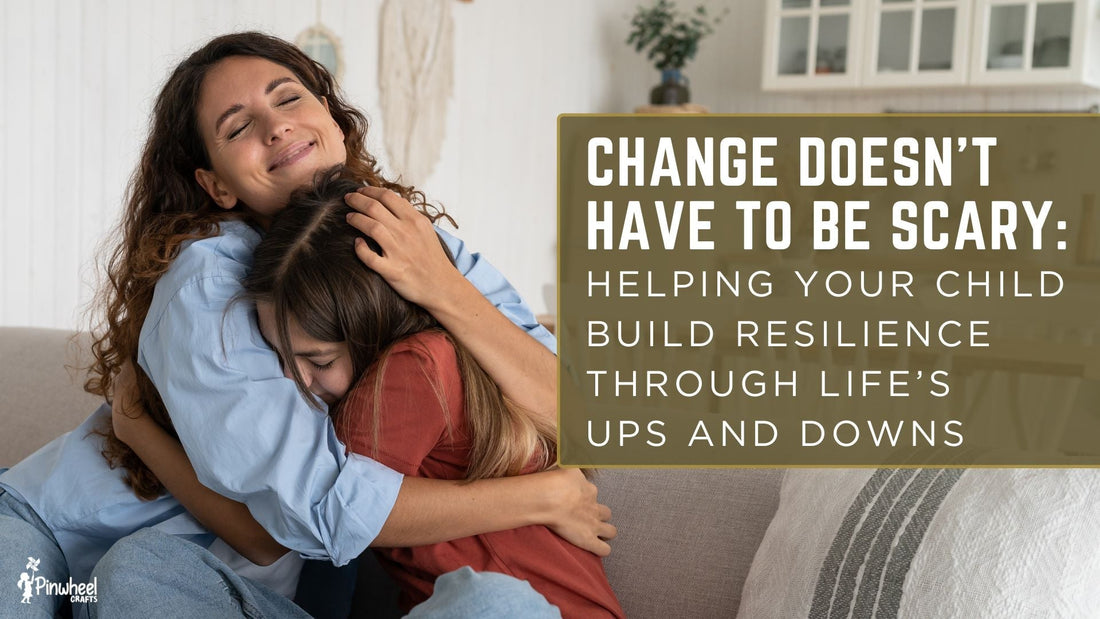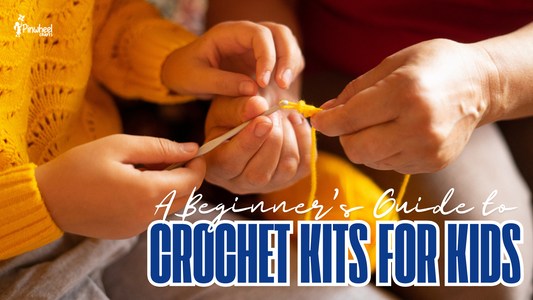
Resilience Activities for Kids: Helping Children Thrive Through Tough Times
Share
Change is a natural part of life, and sometimes it brings tough times. For kids, even the smallest shift can feel like a big deal. Starting a new school year, getting a different teacher, moving homes, or navigating changing friendships can spark fear, confusion, or frustration. If you’re wondering how to build resilience in children, the good news is that with the right support, children can learn not only to face change, but to grow through it. Helping your child build resilience sets them up for a future where they can adapt, thrive, and stay grounded - no matter what life throws their way.
Why Change Feels Bigger to Kids Than We Think
Kids depend on routines, predictability, and familiarity. These elements help them feel safe in a world they can’t fully control. So when routines shift or something unfamiliar comes their way, it can feel like their foundation is shaking. A new bedtime, a change in caregivers, or even a rearranged classroom can throw them off balance. Their reactions aren’t dramatic - they’re developmentally normal. They’re processing change the only way they know how, and that’s where we come in to support them.

Resilience Kids: What It Means and Why Your Child Needs It
Resilience is the emotional strength to adapt to change, recover from setbacks, and keep trying even when things are hard. It’s not about being unaffected or pretending to be okay. It’s about learning how to manage strong feelings, cope with stress, and bounce back with courage and hope. Resilient kids tend to have:
- A healthy sense of self-worth
- Creative and flexible thinking
- Stronger social skills
- The ability to try again after setbacks
- Emotional tools to manage stress
These are life skills that serve children in school, friendships, and emotional development - skills they’ll carry into adulthood.
5 Practical Ways for Nurturing Resilience in the Face of Change
1. Acknowledge and Normalize Their Emotions
Instead of brushing off big feelings, lean into them with empathy. Phrases like, “I hear you - it’s really hard when things change,” or “It’s totally normal to feel unsure right now” help kids feel seen and supported. When they know their feelings are valid, they learn not to fear them.

2. Point Out the Constants
In times of change, shine a light on what’s staying the same. Maybe the bedtime story ritual continues, their favorite stuffed animal is still by their side, or they still get pancakes on Sunday mornings. These small constants become emotional anchors and offer comfort.
3. Raising Resilient Children by Building Steady Routines
Routines help kids regain a sense of structure. Even when everything else feels new or unpredictable, a simple, consistent schedule - like morning cuddles, after-school quiet time, or evening music - can make a world of difference.
4. Guide Them to Solve Problems
When change brings challenges, let your child take the lead with gentle guidance. Ask, “What’s something small we could do to make this feel better?” or “Is there something you’d like to try next time?” When kids learn they can find solutions, they begin to trust their own resilience.
5. Tell Stories of Growth Through Change
Share personal stories, books, or examples of others who turned change into something positive. Maybe it’s how you made a new best friend after a move, or how a fictional character found joy in an unexpected transition. These stories remind kids they’re not alone and that good things can come from new beginnings.
Explore more ways to build resilience in children with our parenting resources and crafts kits, like the Origami Paper Kit.

Staying Connected: A Key to Building Resilience in Children
Wondering how to build resilience in children? Kids develop resilience over time, consistency, encouragement, and loving connection — not just one conversation. Keep checking in with your child, especially during times of transition. Celebrate the small wins: “You were so brave today,” or “I noticed how calm you stayed, even though that was hard.” These moments build inner strength.
The more we remind our children that they are safe, supported, and capable, the more they will believe it. Through patience, compassion, and presence, we can help them discover their own inner courage.
Change doesn’t have to be scary - not when children know they have the tools to face it, and people who believe in them every step of the way.
For more ideas on staying emotionally connected with your child, especially in today’s digital age, check out our article on Gen Alpha parenting tips and family connection.









